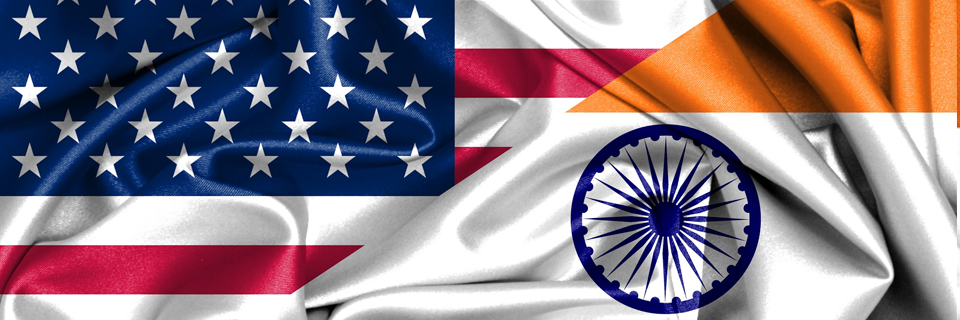
The EB-5 market is officially booming on the subcontinent. As of September 2018, India already had 284 EB-5 petitions in place compared to just 164 petitions coming from China. According to reports by the USCIS, the Indian EB-5 market is poised to explode, bringing in an estimated $3 billion by 2020.
Unfortunately, some people in the field believe that retrogression will put a halt to India’s booming EB-5 industry. Understanding how retrogression works is crucial if business leaders hope to maximize profits and take advantage of India’s vast potential in the coming years.
Understanding Retrogression
To understand retrogression, it’s crucial for investors to recognize that different countries have their own distinct entry gates for the EB-5 process. In other words, individuals stand in separate lines based on their application dates and whether they fall in the employment or family visa category. The length of a particular line depends on the visa category, with certain countries experiencing far longer wait times than others. For example, the line for British EB-5 candidates is relatively short at present compared to the line for candidates in China.
With retrogression, every country is allocated a certain number of visas. If visas remain after that, they are allotted to the oldest applications regardless of the individuals’ countries of origin. After the visa quota for a country with a long line has been met, individuals in that line are unlikely to attain immigration benefits. On the other hand, if a country’s retrogression time is less than the application processing time, applicants are unlikely to be affected by waits.
Taking Advantage of EB-5 Investment Opportunities
Retrogression can seem complex, but those who fail to understand this process may miss out on opportunities to earn significant sums in EB-5 revenue. In fact, misunderstanding retrogression will result in around $3 billion in losses, according to experts.
Because of the large number of EB-5 applications in India, some industry professionals believe that once retrogression begins, all Indians waiting for visas will be in line behind Chinese applicants. However, this isn’t the case.
On the contrary, Indian EB-5 candidates will not wind up behind Chinese applicants, who face a 15-year waiting period. Because each country has a visa line of its own, and the line for India is shorter, Indian candidates will move ahead of Chinese applicants who may have been waiting longer. Remember, there are around 10,000 EB-5 visas available per year, with each country receiving around 700 visas. Consequently, Indian applicants will never be forced to wait behind applicants from China or any other country, and vice versa.
Currently, China, India, and Vietnam are the only countries with more than 700 candidates waiting for EB-5s. When allocating visas, the industry gives numbers to the oldest 700 Chinese, Indian, and Vietnamese applications first, followed by those from other countries. Then the remaining visas are given to the oldest applications regardless of country, assuming there are any left. So if there are 1,000 extra visas to be allotted, they will go to the oldest Chinese applications due to the backlog there.
It’s worth noting that applicants won’t be impacted in cases when retrogression time is less than processing time. For example, applicants in India are unlikely to experience delays until there are 12 consecutive months of retrogressed times longer than processing times.
Indian EB-5 wait times contrast with those for EB-2 and EB-3 categories, which are currently 25 years and 75 years respectively. While it’s possible that EB-5 waits may expand to five or 10 years, the option will still be favorable for Indian citizens looking to emigrate.
Other categories also follow a system of retrogression, with different countries having separate gates and lines. For example, EB-3 candidates in India currently have a wait time of eight years, while the wait time in the Phillipines is just 1.5 years. This discrepancy occurs because there are far more Indians standing in the EB-3 line than there are Filipino nationals. It’s worth mentioning that both India and the Phillipines have been in retrogressed territory for several years, with neither country’s candidates standing behind the other’s.
What Investors Need to Know
Experts anticipate that the Indian EB-5 market will continue to grow in the coming years. In fact, the subcontinent represents more than 50% of the world’s total EB-5 market and is expected to grow at a rate of 100% per year. The good news is that retrogression should have little effect on flows of EB-5 capital from this area. Those in the EB-5 industry need to do their homework to avoid missing out on this $3-billion opportunity within the Indian market.










